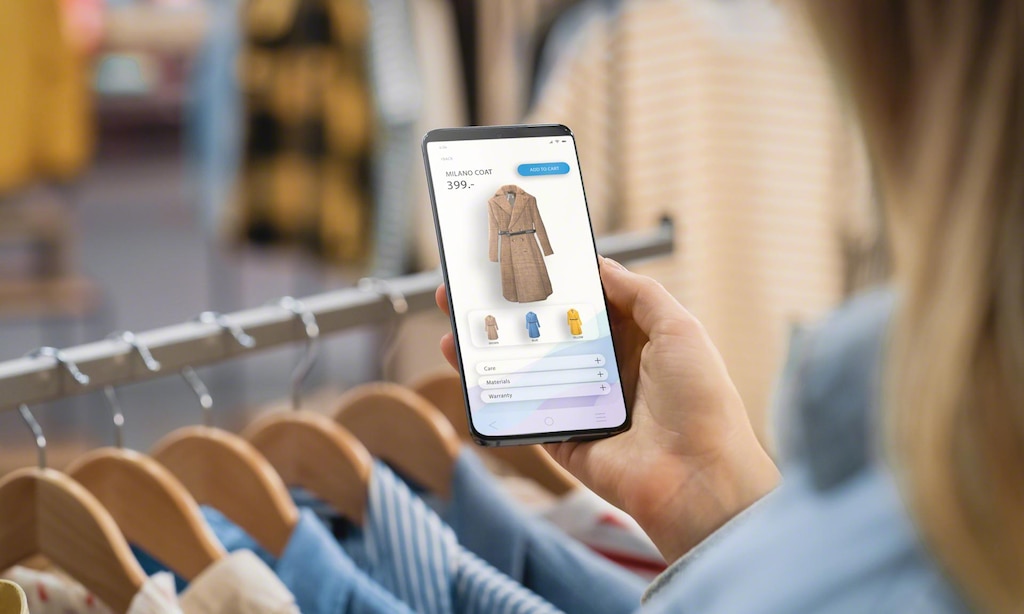A third of shoppers would switch brands if another’s products were more readily available, and despite new digital trends, 73% still prefer shopping in physical stores.

People want to leverage technology to make better purchasing decisions in less time, but retailers and brands are falling behind. According to the study Revolutionize retail with AI everywhee by the IBM Institute for Business Value, only 14% of consumers are satisfied with their online experience. This percentage drops to 9% for traditional brick-and-mortar stores.
The survey, which consulted 20,000 people from 26 countries, reveals that — poor ratings aside — these dissatisfied customers know there is room for improvement and expect companies to address it through technology. Artificial intelligence (AI) stands as a potential solution to this problem. Four out of five people who have not yet used AI for shopping would like to do so to look for deals, ask questions about products, and resolve issues. Other attractive options for 55% of respondents include virtual assistants and virtual or augmented reality.
Applications as they shop
Approximately half of consumers would like to receive information, ads, and discounts tailored to their interests, though 40% want more control over their data. They also have a clear idea of how they want to employ this cutting-edge technology. The majority (81%) expect to use it to research new products. Meanwhile, 79% see its potential for redecorating their homes, 77% want to use it for shopping and contracting services, and three out of four look forward to trying on clothes virtually.
Consumers want AI to simplify the shopping journey:
- 86% - Research products or get information
- 82% - Answer questions and resolve issues
- 79% - Look for deals and promotions
- 78% - Look for reviews and recommendations
- 77% - Shop for products or services

AI and brick-and-mortar stores coexist
Although just 9% of consumers are satisfied with their in-store experience, they remain an essential part of the process. For 73%, physical retail locations are still the primary option for obtaining goods, but no one likes to make the trip only to find that the merchandise they are looking for is out of stock. Therefore, more than two-thirds check the availability of items before heading to the store. This percentage rises to 74% for millennials and 73% for Generation Zers.
Another revelation from the report is that one-third of consumers would switch to a different brand if its products were more readily available. As a result, variety in offerings, real-time supply chain information, and inventory data availability will be crucial for attracting potential buyers.
